Cricket balls are at the heart of every cricket match, whether it’s a casual game or an international tournament. Understanding the differences between cricket balls used in various formats can help players make informed decisions and improve their performance.
Let us explore the materials, types, and specific uses of cricket balls, including leather balls, T20 balls, Test match balls, and the unique pink ball.
What Is a Cricket Ball?
A cricket ball is a hard ball covered with leather and used in cricket matches. It has a cork core wrapped in string and covered with high-quality leather. Cricket Match balls are built to be durable and provide swing and bounce, making them a key part of the game. These balls are carefully crafted to meet the demands of different match formats, whether it’s a red ball for Test matches or a white ball for T20 and ODIs.
The seam and leather help bowlers generate swing and spin, while their construction ensures consistent performance on the field. Choosing the right cricket ball is crucial as it affects the gameplay and strategy in every match. Players must choose the right cricket ball depending on the game format, as its behavior can vary based on material and construction.
Cricket balls are typically red, white, or pink, each catering to specific match formats. The choice of color and type significantly impacts visibility, seam movement, and player performance.
Why Leather Ball?
The leather ball is the most widely used cricket ball in professional matches. It is made with premium leather that’s carefully stitched around the cork core. Leather balls are known for their durability and ability to provide swing, bounce, and spin.
Leather balls are commonly used in Test matches and one-day games. Their natural materials allow bowlers to manipulate the ball’s seam for swing or spin, making them a favorite among professionals. However, they require regular maintenance, such as polishing and conditioning, to retain their quality during a match.
Different Types of Cricket Balls:
Cricket balls vary based on the format, and each type is engineered to suit specific conditions and gameplay. Here are the primary types:
1. Cricket T20 Ball: Different from Other Balls?
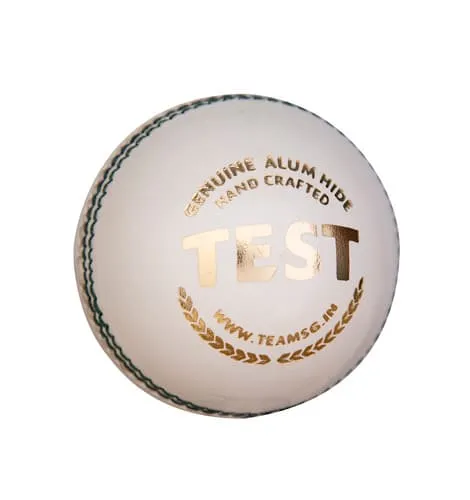
Cricket T20 balls are specifically designed for fast-paced, shorter-format games. Unlike traditional leather balls, T20 balls are crafted to withstand aggressive hitting and intense gameplay. Key differences include:
- Durability: T20 balls are designed with tougher materials to last through the rapid action of a T20 match or 20 Overs.
- Visibility: White balls are commonly used in T20 games for better visibility under floodlights.
- Condition: These balls are less likely to degrade quickly due to constant hard-hitting, ensuring consistent performance throughout the game.
Compared to Test cricket balls, Cricket T20 balls focus more on maintaining their shape and color rather than assisting bowlers with swing or seam movement.
2. Test Cricket Balls – The Red Ball
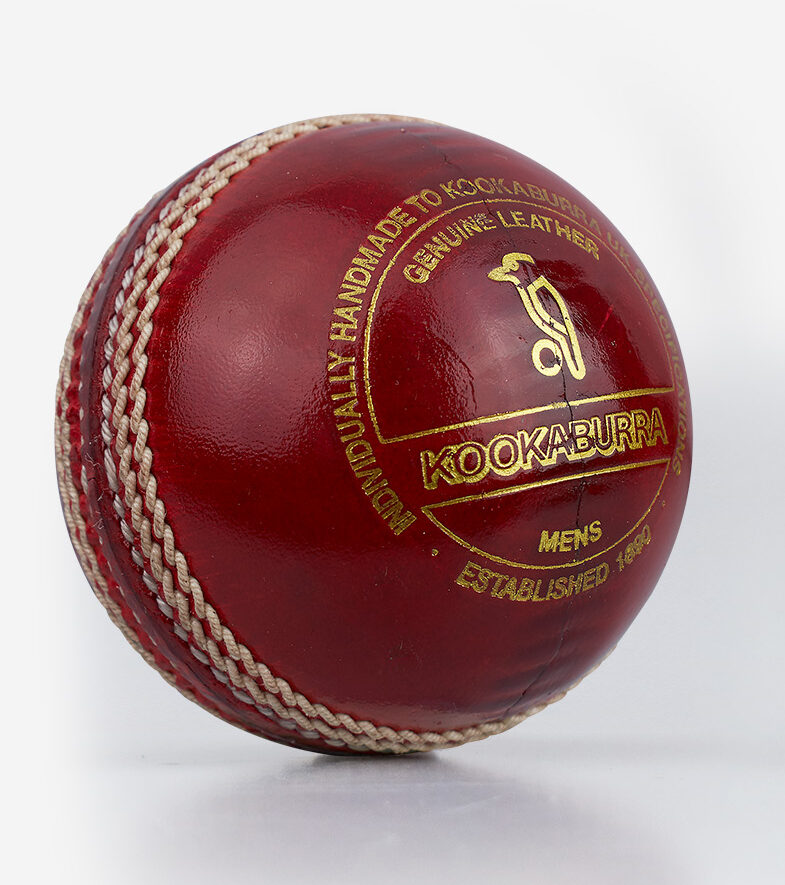
Red cricket balls are used in traditional Test matches played during the day. They are made of high-quality leather and are known for their ability to swing under natural light. Bowlers rely on the red ball’s seam to generate movement, making it an integral part of Test cricket.
The red ball is also preferred because it maintains its color and visibility well in daylight, unlike white balls. Additionally, the red ball helps spinners grip better, and its wear over time adds an extra challenge for batsmen as the match progresses.
3. The Pink Ball – Why Is Pink Ball Cricket Played?

cricket balls – PinkThe pink cricket ball is a newer innovation designed for day-night Test matches. It offers better visibility under artificial lighting compared to the red ball. The pink ball retains its shine longer due to an additional lacquer coating, which helps players spot it during night sessions.
Pink ball cricket is played to make Test matches more accessible to audiences by scheduling games during evening hours. The pink ball’s enhanced visibility and durability make it suitable for such conditions. It swings more than the white ball but slightly less than the red ball, striking a balance between traditional and modern cricket.
Why White Balls for Limited Overs?
White cricket balls are used in T20 and one-day international (ODI) matches. They offer high visibility under floodlights, which is crucial for players and spectators during night games. These balls are designed to maintain consistent performance throughout the match, ensuring a fair contest between bat and ball.
However, white cricket balls tend to lose their shine more quickly due to their smoother surface and frequent contact with the bat. This loss of shine can reduce swing, making it easier for batsmen to play shots.
In ODI cricket, two white balls are used per inning, one from each end of the pitch. Each ball is used for 25 overs, meaning a single ball is used for half the innings only. The use of two balls ensures that neither loses its visibility or condition too quickly, maintaining fairness and consistent performance for both teams.
This also prevents excessive wear and tear on the ball, as the shorter lifespan of each ball ensures optimal quality during its usage. The same system applies to the opponent team during their innings.
White balls are a critical part of limited-overs cricket, striking a balance between performance and practicality, and ensuring fair competition under various conditions.
Key Differences Between Cricket Balls:
| Type of Ball | Format | Color | Key Features |
|---|---|---|---|
| Red Ball | Test Cricket | Red | Best for swing and seam under natural light |
| Pink Ball | Day-Night Tests | Pink | Enhanced visibility under lights, balanced swing |
| White Ball | T20, ODI | White | High visibility, durable for shorter formats |
Popular Cricket Match Balls:
1. Kookaburra:
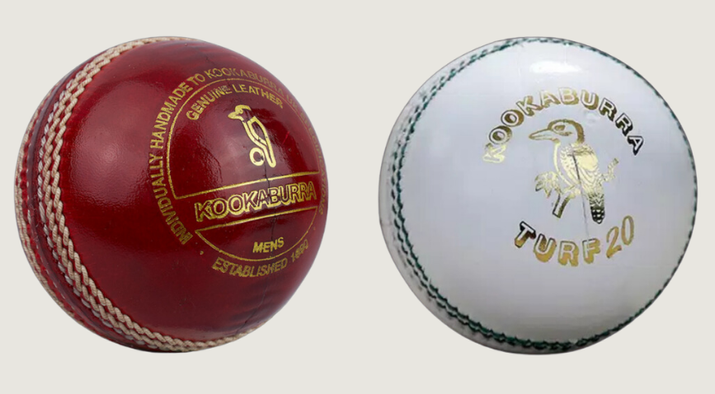
-
- History: Kookaburra is an Australian brand that started in 1890. It’s one of the most famous cricket match balls globally.
- Why the name? It’s named after the Australian bird, the kookaburra.
- What separates it from others? Known for its consistency, Kookaburra balls are preferred for their swing in shorter formats like ODIs and T20s.
- Used by Countries ? Used in countries like Australia, New Zealand, and South Africa, mainly for ODIs and T20 formats.
2. SG (Sanspareils Greenlands):

-
- History: SG is a famous Indian brand that has been around since 1931. It’s the most widely used ball in India.
- Why the name? SG (Sanspareils Greenlands) was started in 1931 by Kedarnath and Dwarakanath Anand in Sialkot (now in Pakistan). The name “Sanspareils” means “unmatched,” showing their aim to make the best cricket balls. After India’s partition, the company moved to Meerut in 1950. Today, SG is famous for producing high-quality cricket balls, including those used in Test matches in India.
- What separates it? SG balls are durable, especially on Indian pitches, and are often used in Test matches for their pronounced seam.
- Where used? Primarily used in India, especially for Test matches and domestic cricket.
3. Dukes:
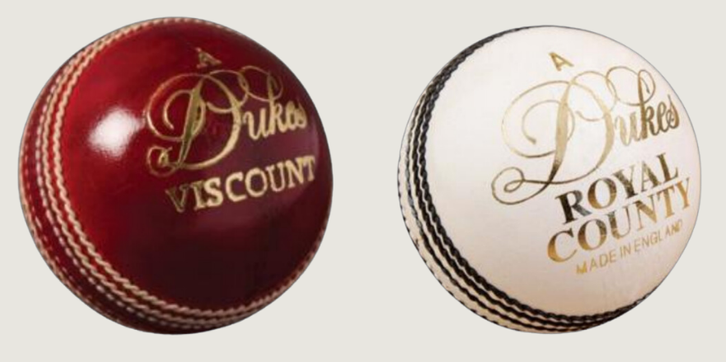
-
- History: Dukes is an English brand with a long history of making cricket balls, dating back to 1760.
- Why the name? It’s named after the Dukes of the company’s founding family.
- What separates it? Dukes balls are famous for their ability to swing, particularly in English conditions.
- Where used? Mostly used in England and the West Indies for Test matches, where its swing is particularly useful.
4. Pink Ball

- History: The pink ball was introduced in 2009 by Kookaburra for day-night Test matches to enhance visibility under artificial lighting.
- Why the name? It’s called the “pink ball” simply because of its color, which makes it more visible during evening and night matches.
- What separates it? The pink ball is coated with extra lacquer, which helps it retain its color and provides more swing, especially in the twilight and night conditions. It behaves differently from the red ball, often offering more movement in the air.
- Where used? The pink ball is primarily used in day-night Test matches in countries like Australia, New Zealand, and England.
Each of these cricket balls is designed for different playing conditions, with specific brands excelling in certain formats like Test, ODI, or T20.
Conclusion
Choosing the right cricket Match ball is essential for every format of the game. From the durable leather ball to the specially designed T20 and pink balls, each type serves a specific purpose. Understanding these differences allows players and enthusiasts to appreciate the nuances of the sport. Whether you’re watching a thrilling Test match or a high-energy T20 game, the cricket ball remains the centerpiece of the action.
FAQs:
What is the cost of one IPL ball?
The cost of a single IPL cricket ball varies based on the manufacturer and quality. For instance, the Kookaburra Turf White Official ODI and T20 Cricket Ball is priced at ₹17,850. Similarly, white Kookaburra balls are available in India for around ₹12,399. These prices can fluctuate depending on the retailer and any ongoing promotions.
What are 6 balls in cricket called?
The 6 balls in a cricket over are called an “over.”
Which ball is better, SG or kookaburra?
The choice between SG, Kookaburra and Duke’s cricket balls depends on playing conditions and personal preference. SG balls are preferred in India for their durability and seam prominence, while Kookaburra balls are commonly used in countries like Australia, New Zealand, and South Africa and Duke’s Cricket Balls are used in England.
Which ball is used in IPL?
The Kookaburra ball is used in the IPL (Indian Premier League). It is known for its durability and ability to assist swing, making it suitable for T20 matches.
Why use pink balls in cricket?
Pink cricket balls are primarily used in day-night matches to enhance visibility under artificial lighting. The extra lacquer applied to pink balls not only improves their durability but also contributes to increased swing, especially during the twilight and night periods.
Which ball is used by BCCI?
The SG (Sanspareils Greenlands) ball is used by the BCCI (Board of Control for Cricket in India) for domestic cricket matches, including Test and limited-overs formats.
How much does 1 IPL stumps cost?
IPL stumps, including LED stumps and bails, cost between ₹2.67 lakh and ₹10 lakh each, with complete sets priced from ₹8 lakh to ₹30 lakh.
Which ball is used in Odi?
In ODIs, the Kookaburra ball is typically used. It is preferred for its consistency and swing capabilities in limited-overs cricket.
Which ball is used in Pakistan?
In Pakistan, the Dukes ball is used for all domestic red-ball matches in the 2024/25 season. For World Test Championship matches, the Kookaburra ball is used. In limited-overs formats, the Kookaburra ball is also utilized. For pathways and grassroots cricket, including U15, U17, and U19 tournaments, the local brands Aceline and Grays are used.
Read More about Important ODI- Cricket Rules and why they exist? Click Here.
Read More about Important T20- Cricket Rules and why they exist? Click Here.
Read More about Important Test Cricket Rules and why they exist? Click Here.
The Information and Pictures of Various Cricket balls are verified from Official platforms : Team SG , Duke’s Cricket and Kookaburra Sport
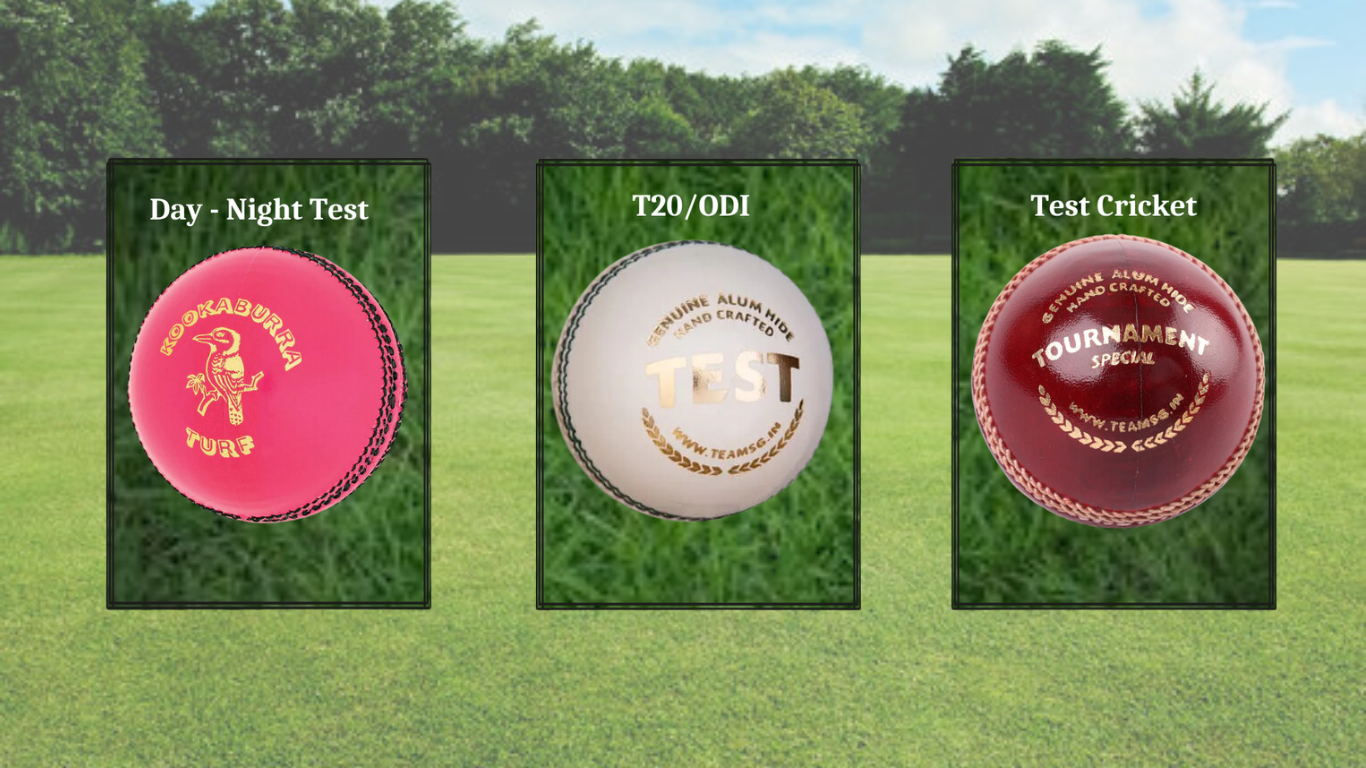
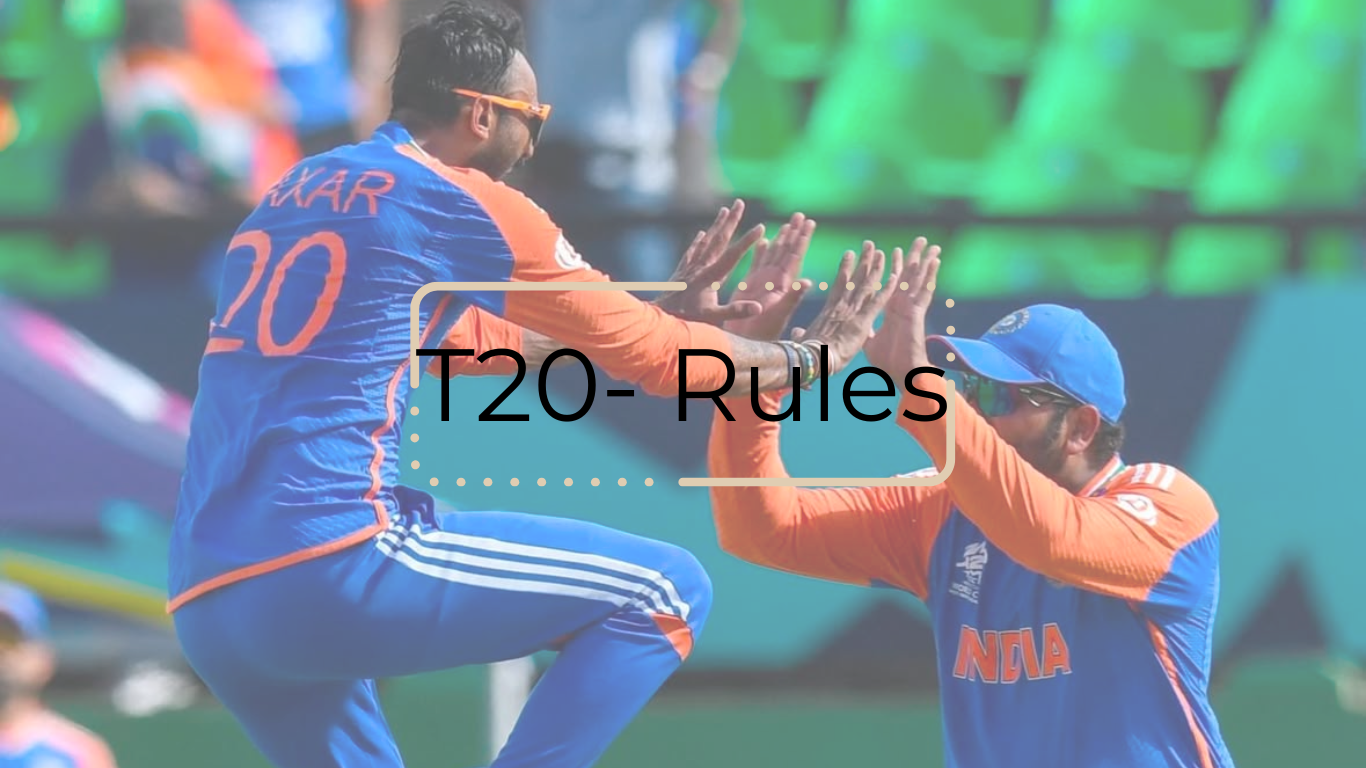
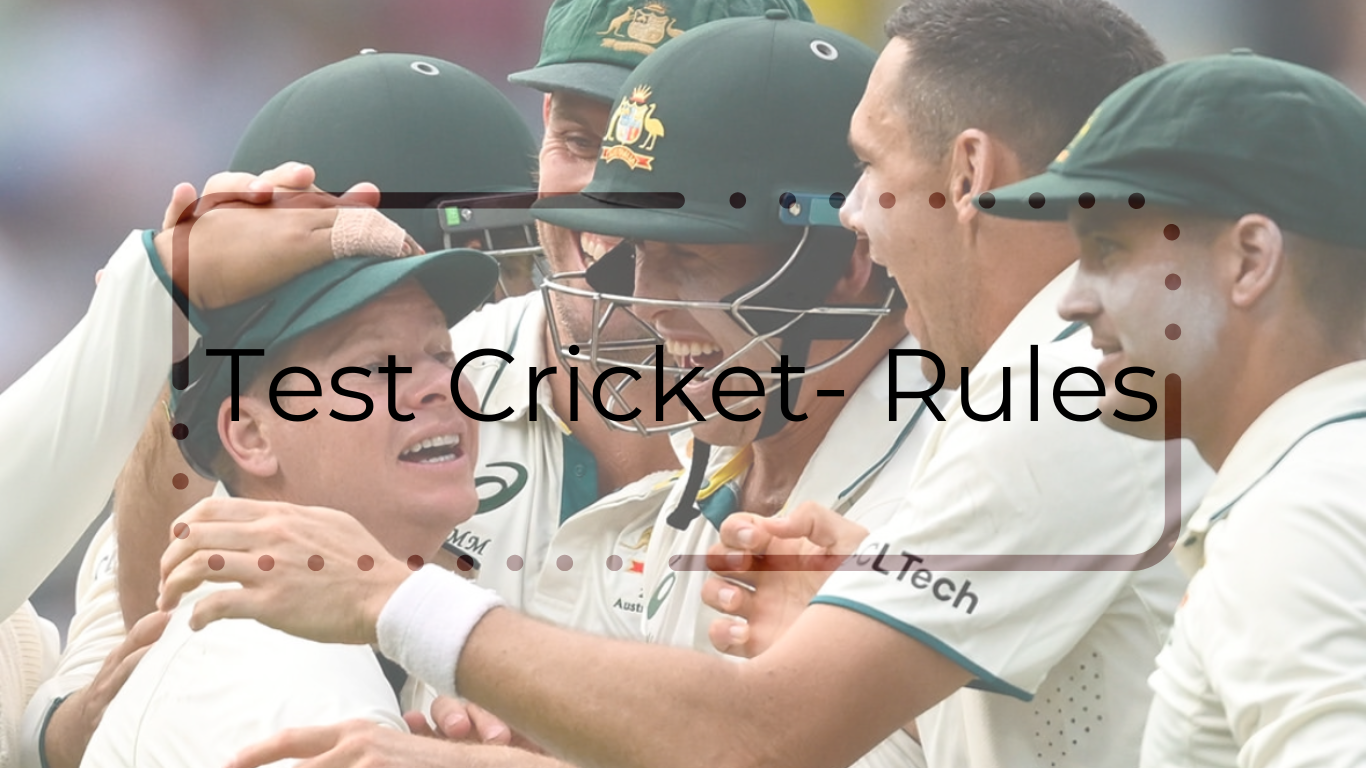
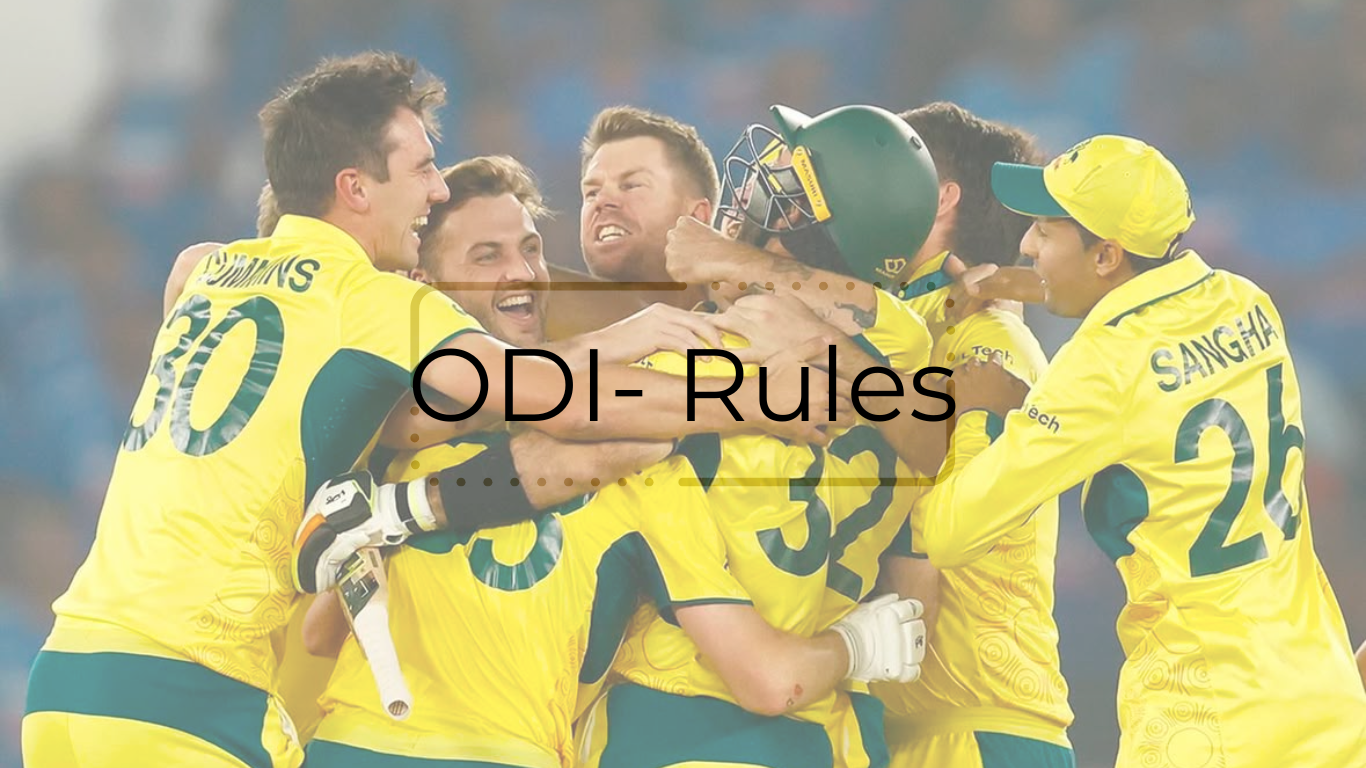
One thought on “7 Crucial Facts About Cricket Balls that Every Fan Must Know!”